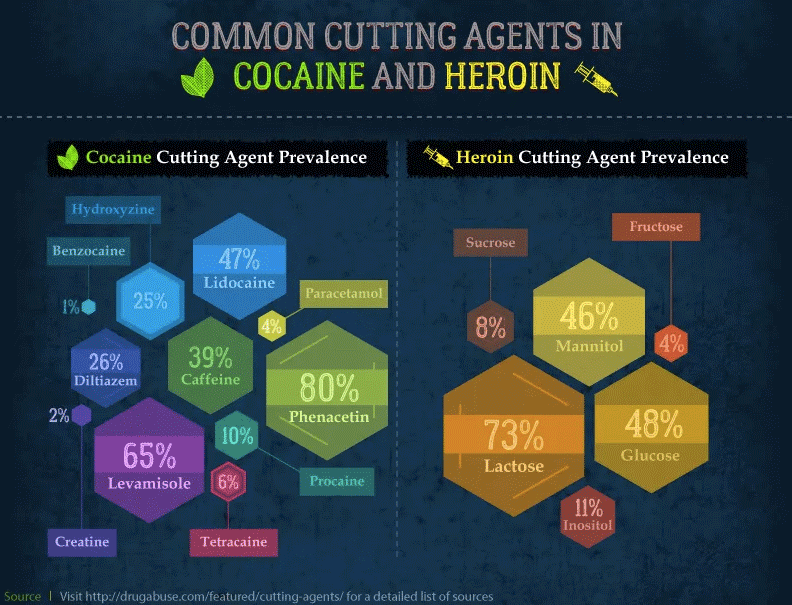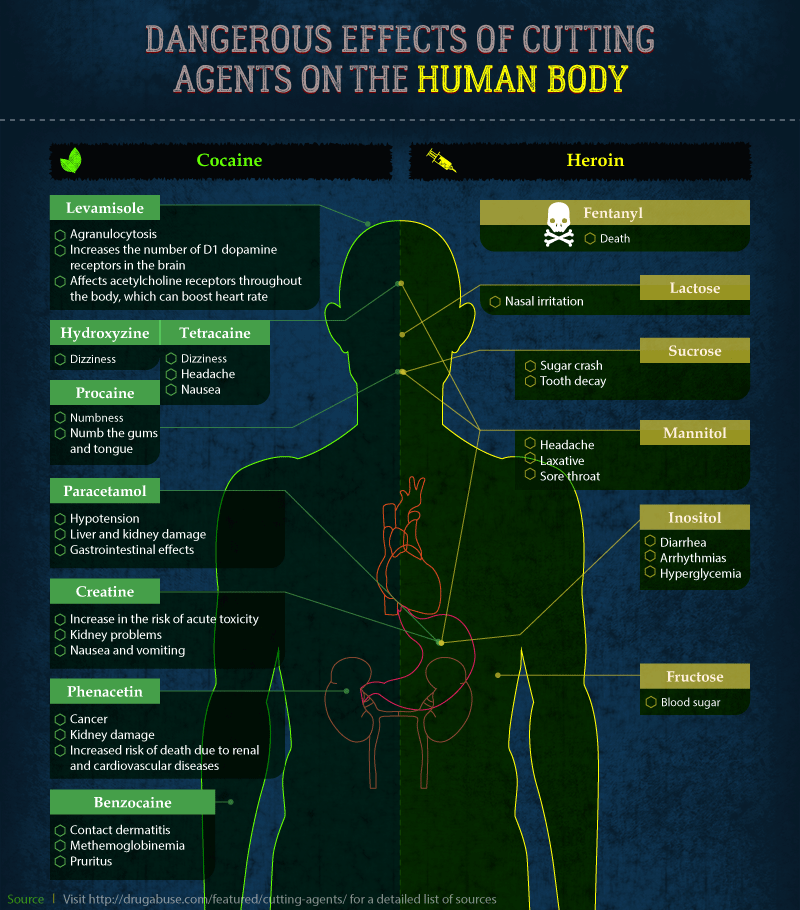The flesh-eating, bladder-wrecking chemicals hidden in street cocaine
A new study has revealed the dangers faced by heavy users in a drugs market controlled by organised criminals

Your support helps us to tell the story
From reproductive rights to climate change to Big Tech, The Independent is on the ground when the story is developing. Whether it's investigating the financials of Elon Musk's pro-Trump PAC or producing our latest documentary, 'The A Word', which shines a light on the American women fighting for reproductive rights, we know how important it is to parse out the facts from the messaging.
At such a critical moment in US history, we need reporters on the ground. Your donation allows us to keep sending journalists to speak to both sides of the story.
The Independent is trusted by Americans across the entire political spectrum. And unlike many other quality news outlets, we choose not to lock Americans out of our reporting and analysis with paywalls. We believe quality journalism should be available to everyone, paid for by those who can afford it.
Your support makes all the difference.Nearly two-thirds of cocaine is cut with a substance that can rot human flesh and 80 per cent contains a chemical linked to bladder cancer, a new study has found.
Levamisole is supposed to be used by farmers to purge their livestock of parasitic worms. But a study by the addiction treatment website DrugAbuse.com found that it was present in 65 per cent of street cocaine.
This is despite the fact that if ingested in sufficient quantities, levamisole can cause ulcerating skin lesions and rot the skin.
Although other testing has suggested levamisole is in street cocaine at levels too low to affect most users, among some unlucky addicts it can rot the skin and also cause a serious drop in their “disease fighting” white blood cell count, leaving them open to infections – a condition described by one US dermatologist as “a little bit like having HIV.”
“They may be walking around like a time bomb,” said Dr Noah Craft, of the Los Angeles Biomedical Research Institute. “About 10 per cent of these patients will die from severe infections.”
Levamisole, though, was only the second most common cocaine cutting agent. The study found that the most common – occurring in four in five samples – was phenacetin, a painkiller banned in the US since 1983 because of its links to cancer and kidney damage.
One scientific study of people abusing phenacetin found they were four times more likely to develop bladder cancer than non-users.

The DrugAbuse.com study – Russian Roulette: the hidden dangers of cutting agents in cocaine and heroin – referred to samples of street drugs found in the US, but the incidence of cutting agents in the UK is thought to be roughly similar, or even higher.
In 2014 the Liberal Democrat Crime Prevention Minister Norman Baker said around 80 per cent of UK cocaine contained levamisole and warned that people taking illegal drugs without knowing what they had been cut with were “playing Russian Roulette with their lives”.
The DrugAbuse.com study also comes after drug testing at UK festivals this summer found that dealers were duping users into consuming ground up cement or crushed anti-malarial pills with their Class A drugs – which led some to suggest that legalising and properly regulating drugs instead of leaving the market to organised crime might reduce the harm they caused.
After analysing what cutting agents were used in heroin and cocaine, the DrugAbuse.com study concluded: “There is no ‘safe’ street drug and cutting agents are only adding to the danger.”

The researchers found an increasing use of cutting agents, which are used to dilute drugs doses so dealers can sell more hits and make more money, and in some cases to give an added “kick” to the already potent Class A drug.
In 1987, the study found, cocaine was 80 per cent pure, whereas average purity is now around 52 per cent.
Heroin purity has fallen from 58 per cent in 1993 to about 35 per cent now.
This is about the same purity level as during the heroin epidemic of the 1980s, but the study suggests that cutting agents found in heroin today are far more dangerous than those used 30 years ago.
One increasingly common cutting agent, fentanyl, has been described by the US Centres for Disease Control and Prevention as “80 times as potent as morphine and hundreds of times more potent than heroin” – an impression also borne out by street names such as “Drop Dead” and “Serial Killer”.
It has been linked to a wave of fatalities among American heroin users and also to the death in April of the pop star Prince. There have been reports that the singer took fentanyl pills from a bottle that had been incorrectly labelled as containing much weaker painkillers.
In recent years fentanyl has been illegally manufactured in backstreet labs in Mexico and China. Some users deliberately take heroin laced with fentanyl to get a more powerful high, but increasingly it is being used to cut the Class A drug and sold to addicts without them knowing what they are really taking.
Most deaths so far have occurred in America, but in the UK, Thaker Hafid, 37, a father of three from Cardiff, was last year found to have died from taking a variant of the drug known as acetyl fentanyl after ordering it online from China as a so-called “legal high”.
And there is evidence that the cutting agents used by dealers may be getting even more dangerous. In the last few weeks, US officials have revealed that overdoses are now being caused by heroin laced with carfentanil, which is supposed to be used by vets as a sedative for elephants and other very large animals.
It is 100 times stronger than fentanyl and is the most potent commercially available opioid in the world.
Join our commenting forum
Join thought-provoking conversations, follow other Independent readers and see their replies
Comments